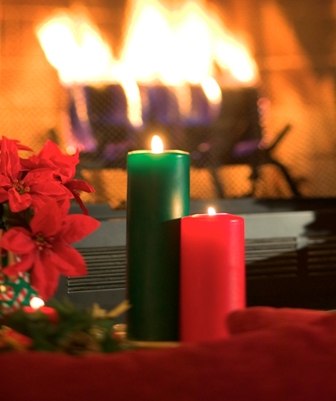WINTER FIRE SAFETY
 In the winter months, our heating, lighting, cooking, and holiday activities increase dramatically — and with them, the risk of residential fires. The information below provides facts and tips about the threat of home fires and how to avoid them.
In the winter months, our heating, lighting, cooking, and holiday activities increase dramatically — and with them, the risk of residential fires. The information below provides facts and tips about the threat of home fires and how to avoid them.
Heating
The high cost of heating fuels and utilities have caused many Americans to search for alternative methods of home heating. Wood burning stoves are growing in popularity and space heaters are selling rapidly, or coming out of storage. Fireplaces are burning wood and man-made logs. All these methods of heating may be acceptable — but without caution, they’re a major contributing factor in residential fires.
Fact Link: Heating Fire Safety (U.S. Fire Administration)
Cooking
Families and guests tend to gather in the kitchen, but it can be the most hazardous room in the house if you don’t practice safe cooking behavior. Careless use of cooking equipment, usually a range or stovetop, is the leading cause of home fires and home-fire injuries in the United States. ALWAYS have someone watching the stove!
Fact Link: Cooking Fire Safety (U.S. Fire Administration)
Holiday Fire Safety
Holiday decorating goes a long way to help brighten up our wintery days and long nights. Unfortunately, decorations become a significant hazard if not used carefully. An estimated 250 home fires involving Christmas trees and another 170 involving holiday lights and other decorative lighting occur each year across the U.S. By following a few simple safety tips on electric lights, candles and Christmas trees, you can avoid creating a tragedy. Learn how to prevent a fire or what to do in case of a fire in your home.
Fact Link: Holiday Fire Safety (US Fire Administration)
Leave a Reply
You must be logged in to post a comment.